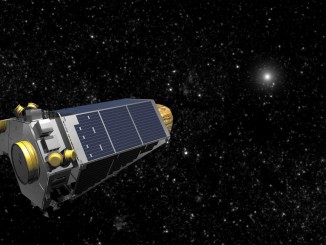
Month: April 2016

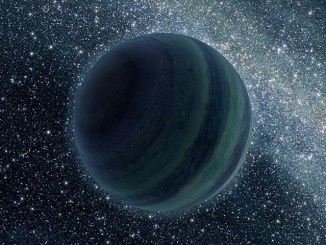
Searching for distant and wandering worlds
In a global exoplanet observation experiment, NASA’s Kepler K2 mission and Earth-based observatories on six continents hope to survey millions of stars toward the centre of our Milky Way galaxy. Using a technique called gravitational microlensing, scientists will hunt for exoplanets that orbit far from their host star and for free-floating exoplanets that wander between the stars.

Where are the missing brown dwarfs?
Brown dwarfs are objects that are too large to be called planets, yet too small to shine by nuclear fusion. Two German researchers have taken a careful look at the distribution of nearby examples of these “failed stars” and to their surprise discovered a significant asymmetry in their spatial arrangement.

Saturn spacecraft not affected by gravity of hypothetical Planet 9
Several recent news stories have reported that a mysterious anomaly in the orbit of NASA’s Cassini spacecraft around Saturn could potentially be explained by the gravitational tug of theorised Planet 9, existing far beyond the orbit of Neptune in our solar system. However, NASA cannot find any unexplained deviations in the spacecraft’s orbit.

See the Moon invade the Hyades star cluster on 10 April
If you have a clear western horizon from shortly before 9pm BST until midnight on Sunday, 10 April, don’t miss an opportunity to see a young crescent Moon glide slowly through the southern edge of the Hyades star cluster in Taurus, covering (or occulting) stars as it goes. All you need is a typical binocular or a small telescope to enjoy the show!
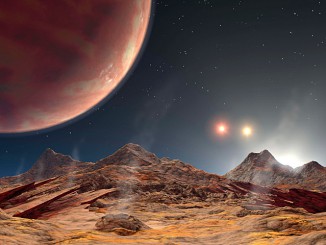
Astrophysicists find triple star system with “hot Jupiter”
Exoplanet KELT-4Ab, about one and a half times the size of Jupiter, orbits the main star of a three-star system every three days. The system’s other two stars orbit each other once every 30 years while simultaneously orbiting the main star — and the planet — once every 4,000 years. The triple star system lies about 685 light-years from Earth.
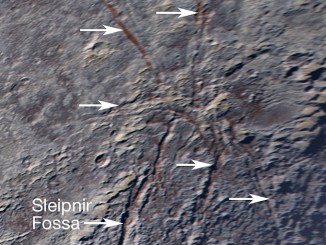
Pluto’s icy ‘spider’
Sprawling across Pluto’s icy landscape is an unusual geological feature that resembles a giant spider. This enhanced colour image, obtained by NASA’s New Horizons spacecraft on 14 July 2015, consists of at least six extensional fractures (arrowed) converging to a point near the centre. Curiously, the spider’s “legs” expose red deposits below Pluto’s surface.
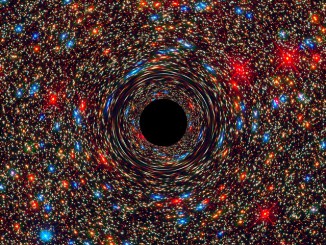
Supermassive black hole found in an unlikely place
A near-record 17-billion-solar-mass black hole discovered in a sparse area of the local universe indicates that these monster objects may be more common than once thought. The newly discovered supermassive black hole is in NGC 1600, an elliptical galaxy in the constellation Eridanus some 149 million light-years away.
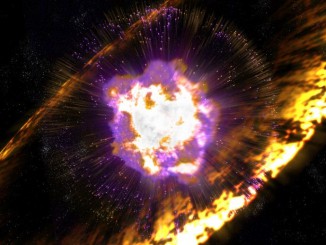
Supernovae showered Earth with radioactive iron
An international team of scientists has found radioactive iron-60 in sediment and crust samples taken from the Pacific, Atlantic and Indian Oceans. They report that a series of massive supernova explosions occurring between 3.2 and 1.7 million years ago from stars less than 300 light-years away showered the Earth with radioactive debris.
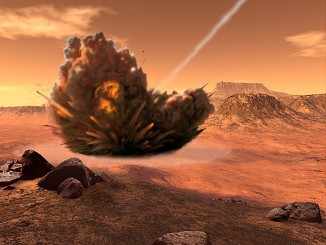
Early Mars bombardment likely enhanced its habitability
Much of the action on Mars occurred during a period known as the Late Heavy Bombardment about 3.9 billion years ago. Large comets and asteroids raining down on the planet would have produced enough heat to melt subsurface ice, likely enhancing climate conditions enough to make Mars more conducive to life — at least for a time.
